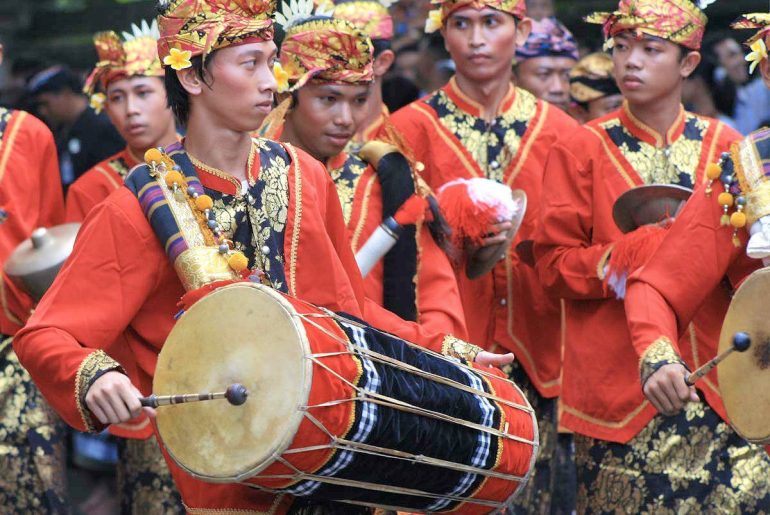You may come to Bali for the beaches, nightclubs, resorts and spas. You might be here to surf, or to practice yoga, or just to sip on a long cold drink as you take in a view of the rice fields. Whatever your reason for visiting the Island of the Gods, one of its biggest delights is the local people.
Apart from the act of buying (or refusing to buy) something, many visitors never seem to start a conversation with the locals – which is a pity as Bali must have the world’s friendliest people.
But where can you start?
How can you get to know a stranger in Indonesia if you have nothing in common apart from buying and selling? Well, you can actually learn quite a bit just by knowing their name.
Name badges, shop signs, business cards and other media that bear a personal name can also tell you a lot. If you read on, you may like to come on a journey that brings these seemingly dull objects to life. This is a guide to people’s names in Bali.
The most common Balinese names
Imagine you get back to your hotel after a day out, and are told someone called “Ni Wayan” had called, asking for you. The name alone tells you she was the oldest child in her family, female, and Balinese. How do you know this? Read on…
When they introduce themselves, the name most Balinese people will give you is not a personal name at all. In this ancient culture, the most commonly used names simply indicate the person’s position in the family as first, second, third or fourth born child.
We are about to show you four pictures. Each contains the name of someone who is first, second, third or fourth born. When you have finished reading this article you will be able to decipher them.


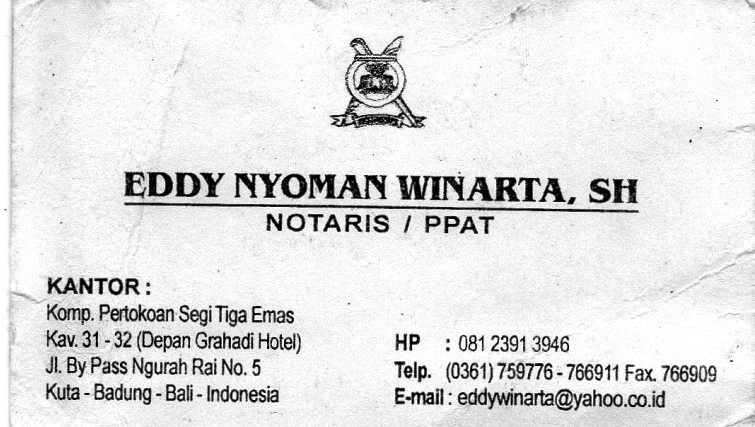

So – each of these pictures contains the name of someone who is the first-, second-, third- or fourth-born child in their family.
This next part is really important:
You have, perhaps, met one or two “experts” in a warung or bar who tell you there are only four Balinese names: Wayan, Made, Nyoman and Ketut, meaning first-, second-, third- and fourth-born. Things are not quite that neat and tidy!
While Wayan is the most common name for first born children, they may have the alternative names Putu, Gede or (for girls only) Ni Luh. Any of these indicate that he or she is the first born child.
The second child in the family is usually called Made, which means “middle”, but is just as likely to be called Nengah, Ngurah or Kadek.
The third born child is called Nyoman or Komang.
There is only one ‘fourth born‘ name: Ketut. In previous centuries Balinese families were not encouraged to have more than three kids, and may have practised some form of traditional birth control. Nowadays there are plenty of fourth born kids, so a name was needed. Ketut means “little banana” – the smallest banana at the end of a bunch. Some of Bali’s more remote districts have been slow to adopt this name.
What about fifth born child? Or a sixth?
A family with a fifth born child might call him “little Wayan”, the sixth “little Made” – and so on.
As most of these names are also the same for boys and girls, they might add the prefix “I” (pronounced “ee”) for boys and “Ni” (nee) for girls. They are similar in meaning to “Mister” and “Ms”.
Last names
Most Balinese people also have a last name, but don’t fall into the trap of thinking this is a family name or surname – it probably isn’t. While some modern-thinking families have adopted a surname, most Balinese last names are personal names. For example, the well-known Ubud artist I Wayan Karja’s name means “first born son whose name is Karja”. In a workplace or at a meeting where there are several Wayans, he might be referred to simply as “Karja” or, because he is also a teacher, his students might call him “Pak” Karja (more about this a little later). His younger brother’s name is I Made Jodog – and as you can see, their names are no indication that they are related.
The Hindu caste system
This system of names is part of Bali’s indigenous culture, and probably followed by all Balinese until the Majapahits invaded from Java in the Fourteenth Century. Up until then the Balinese, although Hindu, had no caste system. A very few “Bali Aga” villages such as Tenganan and Trunyan, which never submitted to the Majapahits, still have no caste system.
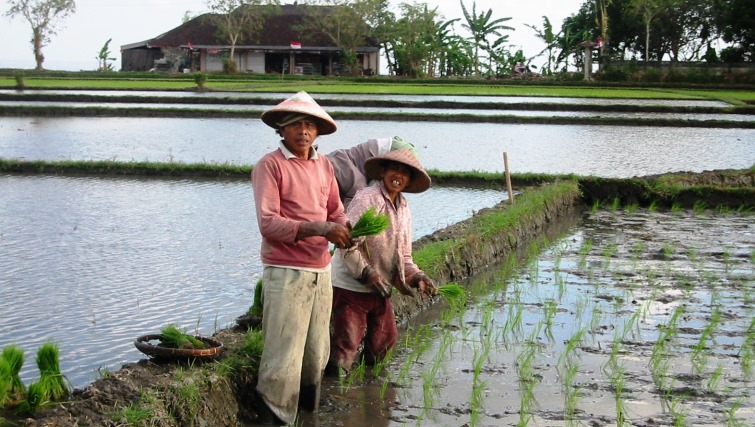
However the invaders brought the Hindu caste system with them, so the ordinary Balinese people got slotted in as, you guessed it, the lowst Hindu caste. They are now regarded as the “Sudra” caste – the caste of rice growers and artisans. The invading Majapahits became the “higher” Hindu castes: the Wesia, Ksatria and Brahmana.
You can often tell if someone is a member of one of these castes by their name.
Wesia names
The Wesia caste (Vaisya in Sanskrit) is a caste of merchants, soldiers and landowners, a bit like the old English Yeomanry.
Wesia people will often introduce themselves, and be called, by the name “Gusti” which means “leader”.
A Wesia man tends to be called Gusti Bagus (followed by a personal name) and a Wesia woman Gusti Ayu (followed by a personal name).
However it is a mistake to think everyone with the title Gusti is a Wesia, as some families in past centuries were somehow promoted to the next caste, the Ksatria. More on this in a moment.
Ksatria names
Ksatria are the aristocracy. All of Bali’s kings are Ksatria. Ksatria people often use the name “Agung” – for example, the well-known businessman and museum founder Anak Agung Gede Rai.
“Agung” means “great”, and Agung names take these forms: Anak Agung (male), Anak Agung Ayu or Anak Agung Istri (female).
However don’t fall into the trap of thinking someone is not a Ksatria because they don’t use the name Agung. Ubud’s most famous artist, I Gusti Nyoman Lempad, was a Ksatria, and as you can see he retained the title “Gusti”, the birth order name “Nyoman” as well as as the personal name “Lempad”.
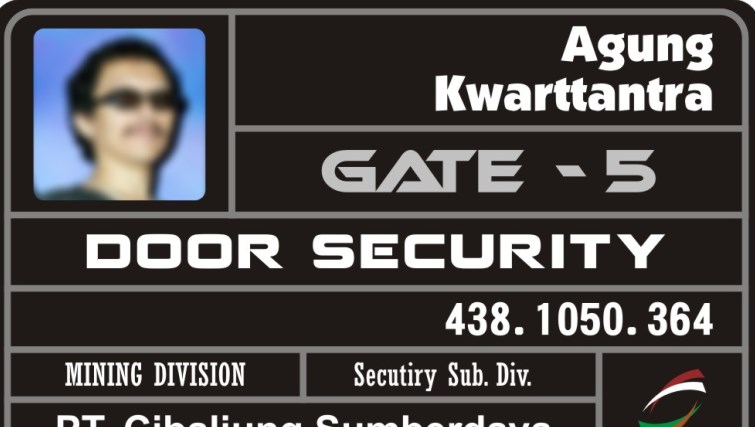
A Ksatria man’s name will often begin with I Gusti Ngurah (followed by other names) and a Ksatria woman Ni Gusti Ayu (followed by other names).
Tjokorda, meaning “foot of the gods”, is a less common Ksatria name reserved for a higher sub-caste within the Ksatria. It is often abbreviated Tjok (for a man) and extended to Tjokorda Istri (for a woman).
Another less common Ksatria name is Dewa. This may take the forms Ida I Dewa, Dewa Agung or I Dewa (for a man), or for a woman Ni Dewa Ayu or Ni Dewa Desak.
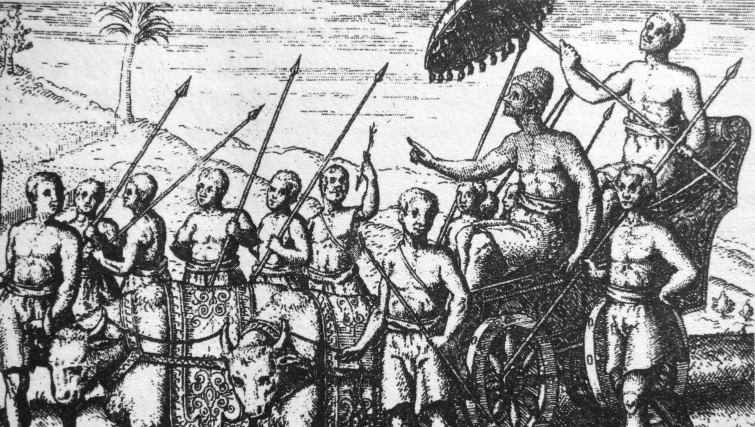
Brahmana names
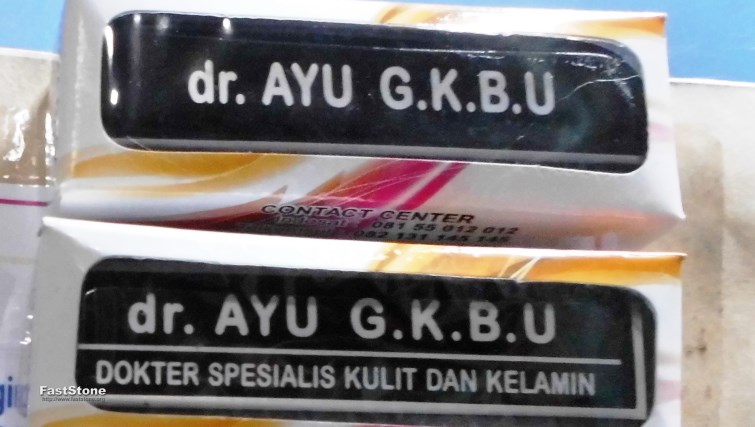
The Brahmana (Brahmin) are the Hindu priestly caste. This is a bit confusing, as Bali already had native Hindu priests before the Majapahits invaded. These native priests still look after the temples, bless Gamelan players before concerts, make and provide holy water etc but they are regarded as Sudras!
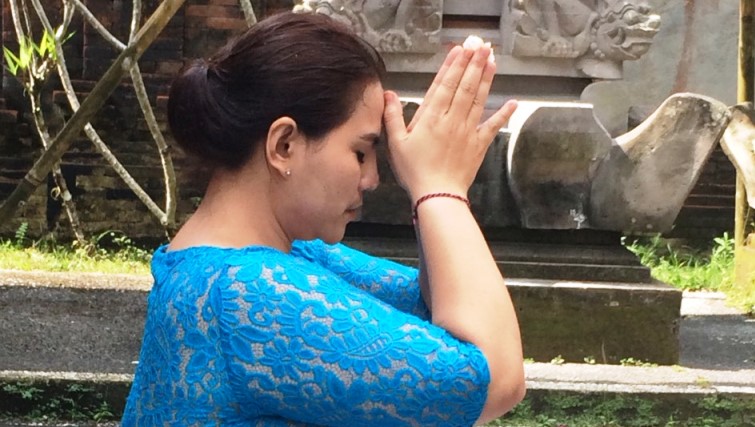
Brahmana are traditionally teachers, scholars, judges and priests. They officiate at larger ceremonies and festivals.
Brahmin tend to have the titles Ida Bagus (for a man) and Ida Ayu (for a woman), and a personal name. Brahmin people often shorten these names, for example the businesswoman Ida Ayu Ramayanti is usually known as “Dayu Rama”.
Western names

As you may have noticed, some Balinese use “Western names”, although they are rarely given at birth. Dayu Rama took the extra name “Daniell” when she opened a beauty salon. On her first promotional flyers she was “Dayurama Daniell”, and she now has “Daniell Salon & Bridal” shops in Denpasar and Sanur.
However you can’t assume someone with a Western name is Balinese. In Bali you will meet Indonesians from other islands, some with Western names. If the name sounds somewhat Dutch or Portuguese, for example, you may find yourself asking “is this person Balinese?”.
Is this person Balinese?
We thought you would never ask! Bali has plenty of resident Indonesians from other islands, attracted by business and job opportunities or sometimes just the more relaxed lifestyle. Whether you pick it up from a name tag on a uniform or are straight-out introduced, the first thing you can usually tell by someone’s name is whether or not they are Balinese. Their names will often give you a clue as to where they are from and even their religion.
Dutch and Portuguese names
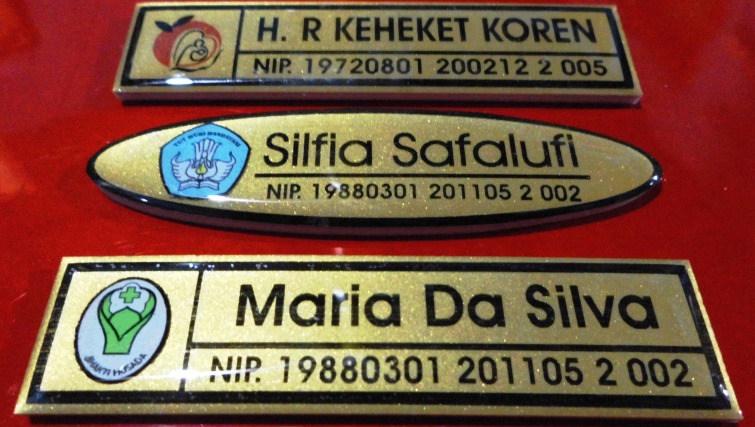
Many Indonesians come from former Portuguese colonies such as Flores. An Indonesian with a name like Rodrigues or Goncalves is therefore probably a Roman Catholic.

You may also meet an Indonesian citizen with a Dutch name who tells you they are “Dutch”. This generally means they had one or more Dutch ancestors. Denpasar businesswoman Arie Soelaijman is a good example. She has a Dutch great-grandfather in her lineage, as well as Javanese and Sundanese ancestors.
“My mother was a Roman Catholic who convert to Islam just like grandma, and I am a Protestant,” she says.
“Dutch” Indonesians tend to be Christians.
Javanese names
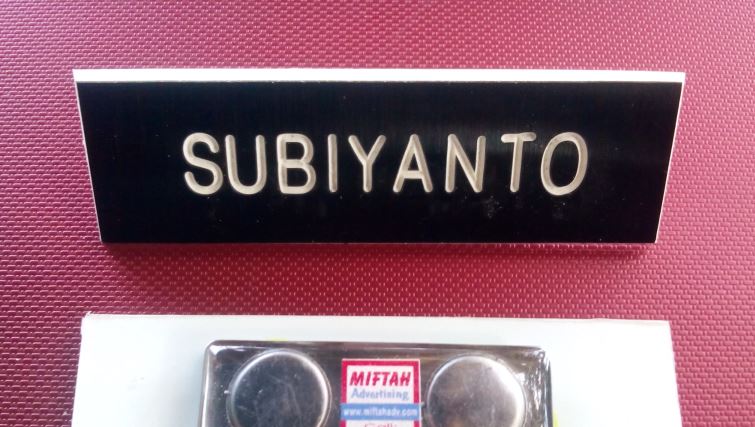
Many police and other government officials you meet in Bali will be Javanese, as well as shopkeepers in southern coastal towns. Typical Javanese names end in an “a” or “o” and often begin with the syllable “Su” which means “best”. Indonesia’s first President Sukarno is a good example.
While Javanese people traditionally only have one name, modern-thinking people sometimes adopt a surname which is usually the name of a prominent male family member. My old Bahasa Indonesia teacher, Pak Purwanto, insisted he had only one name. However when it came to publishing his textbooks, his publisher insisted on a surname so he used the name of his father, Danesegondo.
People with Javanese names usually identify as Muslims, but retain a lot of Hindu customs such as the Wayang Kulit shadow puppets which have a long tradition in Jogjakarta and Solo. They may also retain some more animistic beliefs and practises, like consulting a dukan (Javanese shaman) for advice about important decisions. These “syncretic” Javanese are known as “Abangan”.
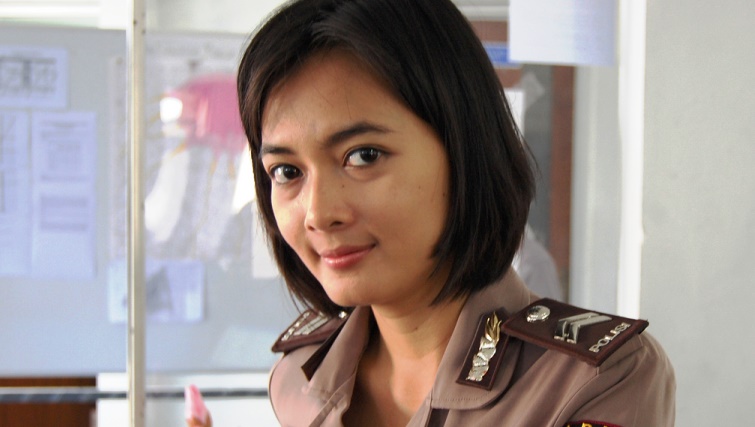
Arabic names
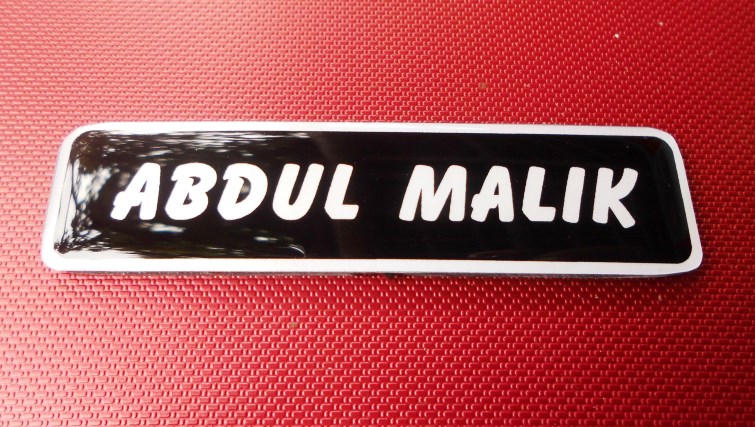
Indonesians with Arab names tend to be from more strictly Muslim provinces like Aceh in Sumatra. Javanese with a more strictly Muslim orientation, known as “Santri” Javanese, may also have an Arab name.
Arab names are also the norm for Malays in Singapore, Malaysia and the Muslim parts of the southern Phillipines. If you have just sat down next to Abdul or Fatima on a plane, you can’t assume they are Indonesian.
Bataks
The Batak people are another important migrant group. While Batak names are too complicated to explain in this article, it is worth knowing a little about the people.
They are known for leaving their own tribal lands, around Lake Toba in inland north Sumatra, to seek out opportunities. They are typically very entrepreneurial and plain speaking.
Christian missionaries converted most Bataks to their faith in the 19th Century, and also taught them Western music. According to an old saying: “one Batak will play the guitar, two Bataks will play chess, three Bataks will form a choir and sing in harmony”.
Honourifics
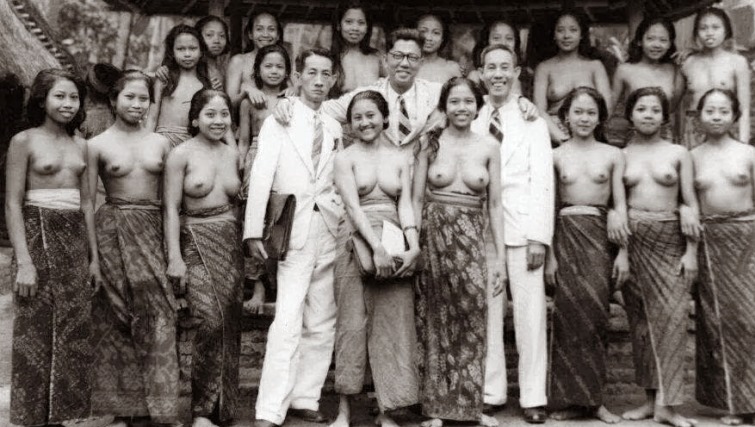
We promised to talk about honourifics or polite and respectful modes of address.
Pak (short for “Bapak”, father) and Ibu (“mother”, often shortened to “Bu”) are honorifics you might like to use with people older than you, or to whom you wish to pay particular respect, such as your teacher. If you wish to tone this down slightly – perhaps for someone of a similar age to yourself – you might like to use the honourific “Kakak” which means older brother or sister. A waiter or waitress in a restaurant might call you “Kakak”, even if you appear to be about the same age. (And yes, if you are curious, a younger sibling is called “Adik”. There is no word for brother or for sister in Indonesian.)
Unless you expect to meet the President, the only other honourific you are likely to need is “Dokter” – used for both medical and academic doctors.
People who change their caste
It is not unusual for someone in Bali to “change” caste, usually by marrying someone of a higher caste. A name often used by Sudra women who marry Wesia men is “Ibu Jero”. If a lady introduces herself as Ibu Jero she has literally changed her name to indicate she has been “admitted” (jero) to another caste.
The Pande – people outside the caste system.
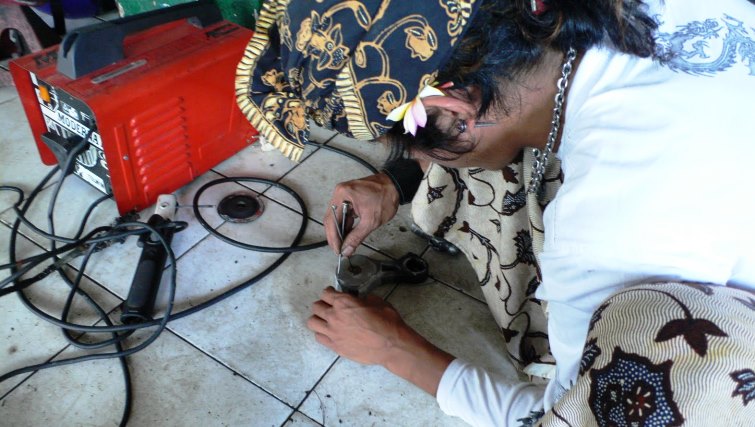
A Balinese clan that has populated the island while staying outside the caste system is the Pande. Although they now follow many different occupations, Pande are traditionally blacksmiths. They claim descent from a single famous armourer that came to Bali with the Majapahit invaders. Perhaps the demand for their trade gave them certain privileges, such as a temple at the Besakih Mother Temple complex that they regard as equal in status to the Brahman temple.
Some Pande still use names that identify them as members of this group. As one member explained: “if a male Balinese has Pande in front of his birth order name or before his real name, he is from the Pande clan.”
She gave two names as examples: Pande Made Mahardika and I Pande Putu Raka.
“In my family we use family name “Pendit” that came from Pande,” she continued, using her name as an example: “Putu Ayu Nova Andina Pendit”.
Ina Pendit, as she prefers to be known, says it is unusual for Balinese to have family names.
“My great grandpa, like 100 years ago, he started to put his own name Pendit to his children. But only the straight blood can have this name. I got this name from my Dad. My Mom was not given this name. And my Dad got this name from my Grandma as the head of the family, while my Grandpa that married in to the Pendit family was not given this name. And since 50 years ago some other families also started putting their name to their children. Now in my home town (Tabanan) there’s some family names that are famous. ‘Dusak’, ‘Sapanca’ and mine ‘Pendit’.”
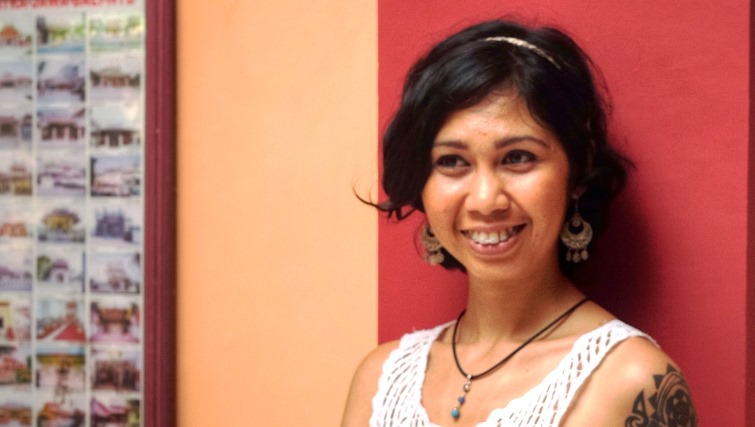
A word of warning
As you can see, for every rule there are several exceptions. You might like to use this article as a starting point as you explore the fascinating world of Bali and its people, but please don’t take it as a template to fit all occasions. For every rule you will find plenty of exceptions, often by making a mistake. People in Bali are generally forgiving of polite “wisita” who don’t always get it right, particularly if you make an effort to speak a little Bahasa Indonesia.
If you are friendly and respectful you will find the local people to be very giving and a lot of fun.
So, what’s in a name? Plenty!
